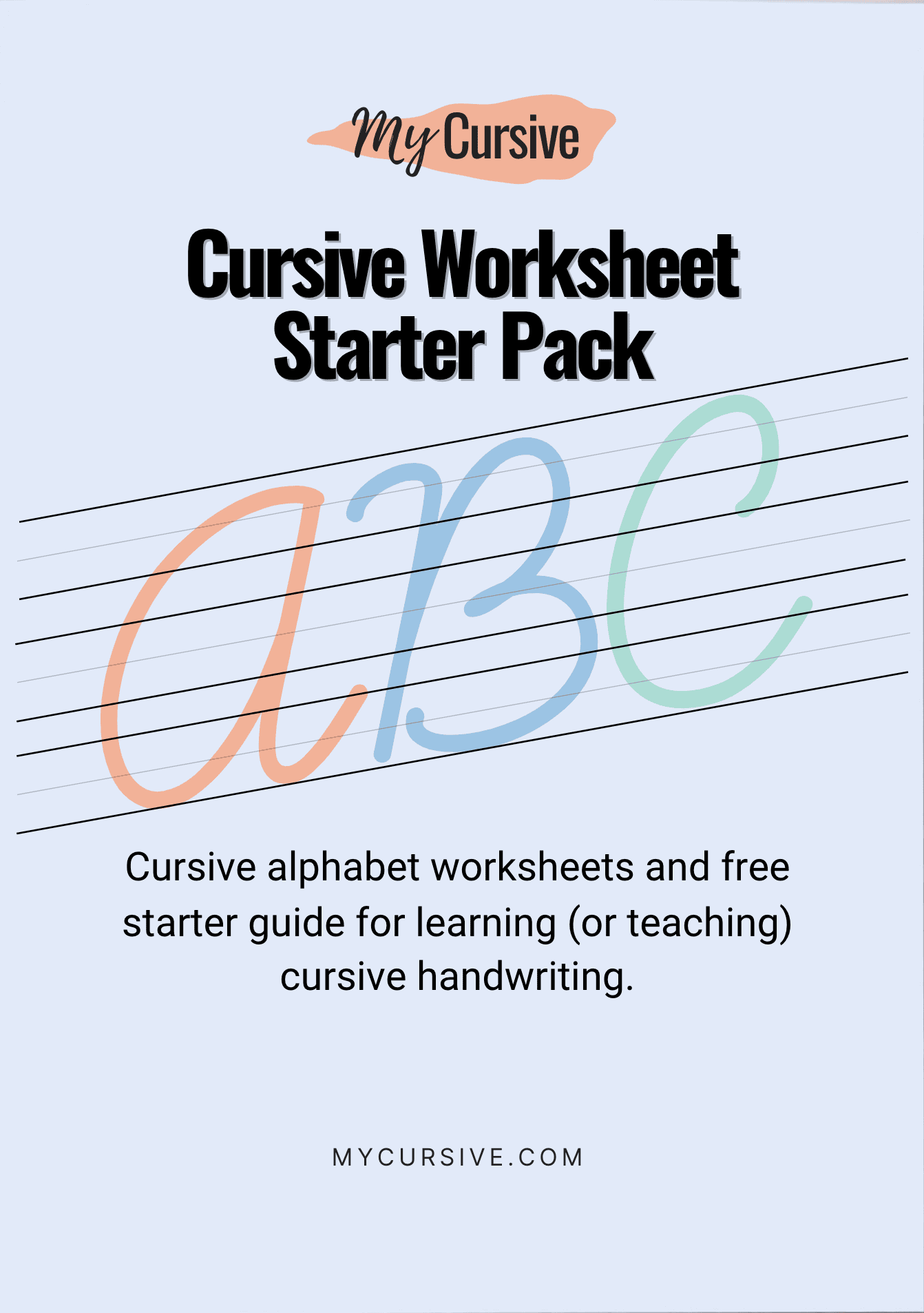Benefits of Cursive Writing in Education
Cursive writing offers numerous advantages in educational settings, enhancing fine motor skills and cognitive development. By encouraging students to write in cursive, educators can help improve their handwriting fluency and overall writing confidence.
Research indicates that cursive writing engages different brain processes compared to typing or print writing, promoting better retention of information. For instance, students who practice cursive often show improved spelling and composition skills, making it a valuable tool in language arts education.
Effective Techniques for Teaching Cursive
Implementing effective techniques for teaching cursive can significantly impact students' learning experiences. Strategies such as using multisensory approaches, incorporating fun activities, and providing consistent practice can help students master cursive writing.
For example, educators can introduce cursive through engaging games or collaborative writing exercises, allowing students to learn in a supportive environment. Additionally, utilizing resources like worksheets and online tutorials can further reinforce their skills and keep them motivated.
Printable Resources for Cursive Practice
Providing printable resources is an excellent way to support students in their cursive writing journey. Worksheets, practice sheets, and cursive charts can be invaluable tools for both teachers and learners, facilitating structured practice outside of classroom settings.
These resources can be tailored to different skill levels, ensuring that all students, from beginners to those looking to refine their skills, have access to appropriate materials. Offering downloadable content can also encourage parents to participate in their children's handwriting development at home.
Integrating Cursive Writing into Daily Curriculum
Integrating cursive writing into the daily curriculum can enhance students' overall learning experience. By weaving cursive practice into various subjects, educators can help students see the relevance and application of handwriting in their everyday lives.
For instance, using cursive in journaling activities, note-taking, or creative writing assignments allows students to practice their skills in meaningful contexts. This integration not only reinforces their handwriting abilities but also fosters a love for writing as a whole.












